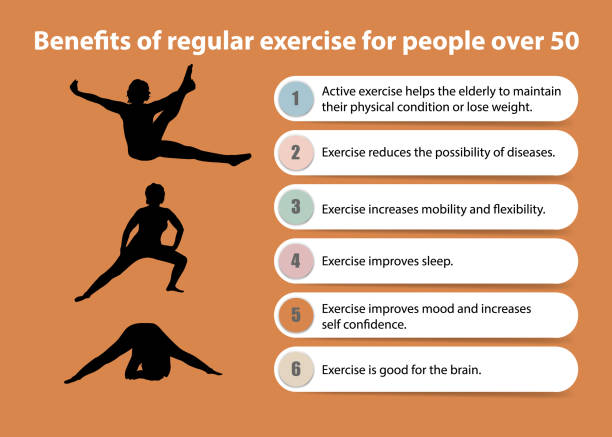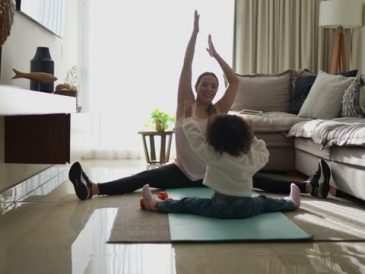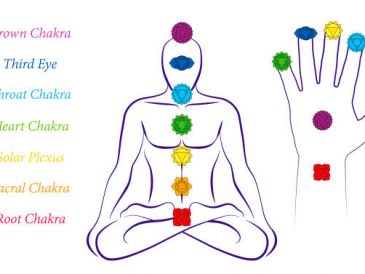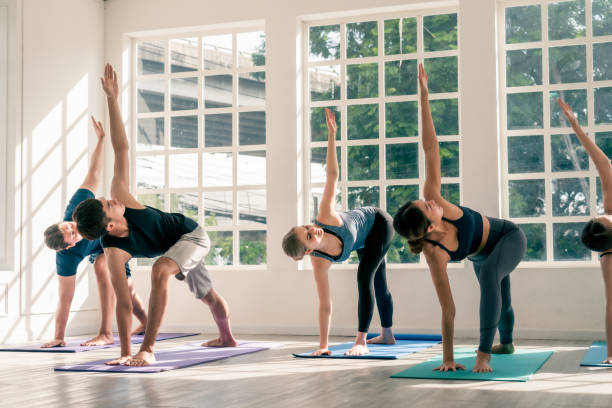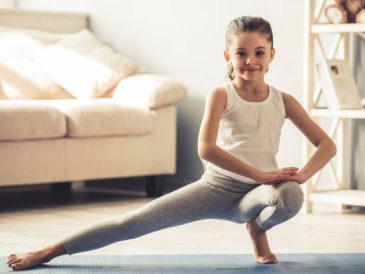It’s not surprising that I am a Yin Yoga instructor.
I tell my students that props are like the universe, helping them go deeper, extend longer, and stretch themselves further than otherwise possible – a bit of extra gravitation.
The ego can easily get in the way, and we may resist using props like bolster cushions, blocks, or straps, but this is only keeping us from the potential growth that could be achieved with a little help.
Props are often used in long-held Yin poses, but they can also be useful in dynamic sequences.
Props can help you achieve better alignment, more time to hold poses, deeper openings, and greater strength during your yoga practice. Here are some ideas.
Utkatasana (Chair Pose)
A block can be placed between the legs. It’s not just to be nice. This is to ensure you stay in alignment.
My students are told to imagine parallel skiing. If their knees sneak in, the skis will cross, and they’ll crash. Those knees are still sneaky. The block will keep the knees squarely over the tops of the ankles and aligned with the hips.
It’s called Awkward Pose, and it is not intended to be comfortable. Enjoy the quad burn.
Trikonasana – Triangle Pose
Use a block as a helper to get the arm down. This will help you achieve better alignment, as opposed to crunching your side waist or rounding your shoulders and chest forward.
You can also use a block in the revolved triangle variation (a href=”https://www.doyou.com/revolved-triangle-pose-yoga/”>Parivrtta Trikonasana/a>). In the revolved trikonasana, you can use a block.
Utthita Parsvakonasana
This pose is also known as the Extended side angle pose. All you need to do is practice it with your back against a wall. The wall will keep you on track and provide support.
Uttananasa – Forward Fold
Place a bolster across your thighs and fold over it to extend the hold. This will lengthen the spine and open up the fascial lines in the back.
Hold the bolster for 3 minutes and let it fall on the floor when you feel comfortable. Feel all your worries disappearing.
Downward-facing dog (Adho Mukha Svanasana) with a partner
The strap should be placed around your hips. Ask your partner to grab the strap and help you sit down in a deep chair. The strap’s weight will allow you to get your heels down on the mat and relax more deeply in the pose.
Your partner’s quads, glutes, and lateral back muscles will get a workout as they hold you and sit in the chair. It’s all about being a supportive yoga practitioner.
Hammock Pose
The strap is ready! The strap should be stretched to its maximum. Loop one end around one’s foot and the other around your skull.
The buckle should be easily accessible so that you can tighten it as soon as your hamstring begins to soften.
Allow your head to be heavy on the strap as you float away to a tropical paradise, reading a good book, sipping a cheeky drink, and enjoying the warmth of the sun, tickling the skin with a gentle breeze. Ah, bliss.
You will soon see your hamstrings releasing some of their tension. To balance out the tension, swap legs. Don’t forget to extend the strap to the next side.
Seated Meditation
Use a blanket underneath your bottom. You can use a blanket to provide a little support and comfort during your meditation.
You can fold a blanket to the desired height, depending on the amount of cushioning and support you need.
